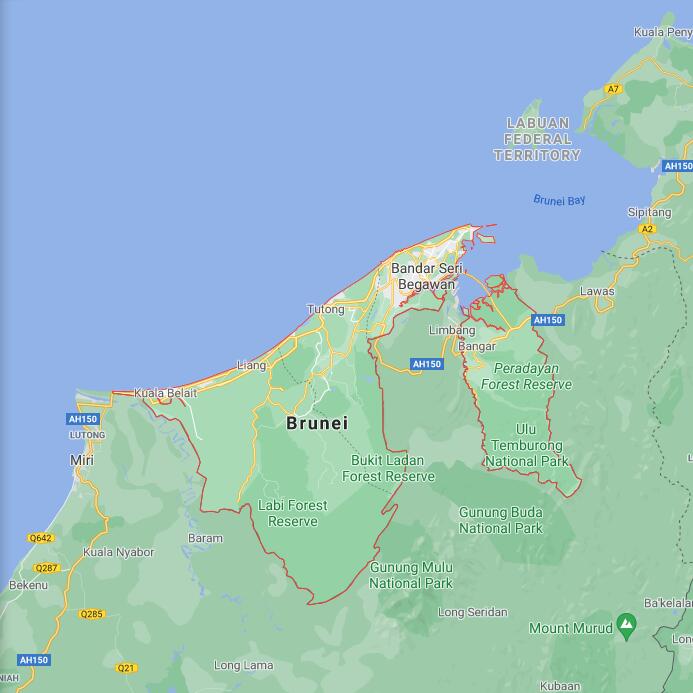
In 2003, Bulgaria was a small country located in the southeastern region of Europe. It was bordered by Romania, Serbia, Macedonia, and the Black Sea. Its economy was mainly based on agriculture and manufacturing, as well as tourism and services. Infrastructure throughout the country had improved significantly since the fall of communism but still lagged behind other European countries. Unemployment had decreased since the 1990s but still remained relatively high due to a lack of investment in infrastructure and technology. According to computergees, the government at this time was a parliamentary democracy led by Prime Minister Simeon Saxe-Coburg-Gotha who had implemented a number of economic reforms including increased investment in infrastructure and social programs to reduce poverty. Foreign investment had increased significantly in recent years due to Bulgaria’s favorable business climate and proximity to major markets such as Russia and Central Europe. Tourism also played a major role in driving economic growth due to its stunning natural scenery, vibrant culture, and abundance of attractions such as Rila Monastery and Boyana Church. Sofia had become one of the most important cities in Eastern Europe at this time and had attracted many international businesses looking for a base of operations within the region.
Yearbook 2003
Bulgaria. According to Countryaah.com, Bulgaria Independence Day is October 5. Prime Minister Simeon Sakskoburggotski re-furnished his government in July. This is to send a “clear signal” about Bulgaria’s determination in meeting the requirements for EU and NATO membership. Among other things, a new post was created for a Deputy Prime Minister responsible for European integration.
In local elections held during the fall, the ex-wife Sakskoburggotski’s party lost substantially compared to the 2001 parliamentary elections. The dissatisfaction was great, not least among older Bulgarians, over painful austerity, crime and continued low living standards. Many longed for the old order, and the former Communists of the Socialist Party received almost a third of the vote. Nevertheless, the right-wing candidates managed to retain the important mayor posts in the capital Sofia and the country’s second city Plovdiv. The government also continued to express confidence in the future, pointing to good growth, the lowest unemployment figures since the fall of communism, increased investment and growing tourism in the Black Sea.
In April, the Constitutional Court stopped a controversial privatization law that just entered into force. The law would have allowed the government to exempt certain settlements from judicial review and to allow Parliament to approve or reject potential buyers.
Billionaire Ilija Pavlov was murdered on an open street in April. He was the head of the country’s largest industrial company, the MG Corporation, and had been accused of links with organized crime.
During the year, Bulgaria closed the second of four nuclear reactors in accordance with the EU’s membership requirements.
Bulgaria – Sofia
Sofia
Sofia, capital of Bulgaria; 1. 2 million residents (2017). Sofia is located on a plateau in western Bulgaria. The city is the country’s most important industrial center, including the metal, machinery, textile and food industries, and accounts for about 15 percent of the country’s total industrial production. Sofia is a major transport hub with rail links to Belgrade, Istanbul and Athens as well as international airport. The city is also the country’s leading cultural center with national libraries, theaters, museums and universities and a large number of colleges.
Sofia has remnants of Roman settlement, as well as Byzantine and Turkish building culture. But above all, it is the time after 1879 that gives the city its face. A richly varied eclectic architecture is characterized by Aleksandăr Nevski Cathedral (1904–12, Aleksandr Pomerantsev) and a modern classicism characterize the National Bank (1934–39, Dimităr Tsolov). The monumental center around the former Lenin Square dates from the 1950s. Typical for later decades are large-scale residential areas in modern forms.
At the site of present-day Sofia was already in the 7th century BC a Thracian settlement. It was conquered 29 BC of the Romans and became under the name of Ulpia Serdica Roman Municipal in the 100th century AD Sofia, which was conquered by the Bulgarians in 809, was under the name Sredets an important trading center during the High Middle Ages; The name Sofia, probably derived from the city’s then (still preserved) main church Sveta Sofija, founded in the 400s, appears in Byzantine sources from the late 1300s. Sofia was incorporated into the Ottoman Empire in 1382 and became the administrative center of the Romanian province. The city remained an important commercial and agricultural center but lost in importance after the Crimean War (1853–56). During the Bulgarian national awakening in the first half of the 19th century, Sofia played an important role, and it became the seat of the first Bulgarian National Assembly because of its favorable position after the liberation in 1878. The following year Sofia became the capital of the Principality of Bulgaria and in 1908 in the enlarged kingdom.